Adding a New Station
Back in high school, I worked at a neighborhood pharmacy afternoons and weekends. One of my responsibilities was keeping the vast display of greeting cards clean, neat and stocked. Thinking back on that experience, even I have to wonder about the compatibility of garden centers and stationery. After all, we are talking about putting small pieces of paper that are ruined if they get dirty or wet into a business that sells dirt and throws around water like it’s free. But after a little research, I have come to realize this might not be such a strange combination after all.
Appealing Demographics
First, the bad news: According to Unity Marketing and the Greeting Card Association, purchase incidents for greeting cards have been up only slightly over the past five years, at 4 percent. Additionally, people are shopping for greeting cards slightly less often and making most of their purchases at mass merchants. Now, the good news: Eighty-three percent of U.S. households have purchased greeting cards, calendars, boxed cards or some form of stationery product within the past year. In greeting cards alone, this amounts to approximately seven billion cards, which generated nearly $7.5 billion in retail sales.
But the numbers alone are not what makes this market so appealing; the demographics of greeting card buyers very closely match those of people who shop at independent garden centers. By and large, people who buy greeting cards and other stationery are affluent women between the ages of 35 and 55. In case you don’t recognize it, this is your target audience. Looking a little more closely at the Unity Marketing study shows that women purchase 80 percent of all greeting cards, though men are likely to spend more per card, and just like with garden products, the incidence of stationery purchase rises with age up to a certain level. Additionally, higher-income families are more likely to purchase stationery, shop for stationery at places other than mass merchants and view stationery as a luxury opportunity. In fact, it is this tie-in with the emerging luxury trend, which also includes almost all garden items, that makes stationery such an appealing ancillary market for garden centers.
The Unity Marketing study identified some interesting demographic trends that will be helpful in determining whether or not to add stationery to your product offerings. Not surprisingly, there are card buyers who shop exclusively on price and most often at mass merchants. On the other end of the spectrum are sentimentalists. They often purchase brand name cards, shop specialty stores and are more willing to pay extra for quality materials. Since sentimentalists are the audience you hope to attract, you need to know that they view hand-written cards as an opportunity to connect emotionally with the recipient. They choose their purchases carefully and want something that really stands out. Another interesting buying category to remember is impulse shoppers. Their over-riding characteristic is that they wait until the last minute to shop and often pick up a card while shopping for other things. This person is often willing to pay more for the convenience of last-minute shopping and, though unreliable, is an attractive customer.
Special Considerations
No matter how appealing the demographics, stationery is just not a good fit for every garden center. For most people, the determining factor will be whether or not you can display it effectively. Minimally, you will need an interior spot that is out of the sun and separated from most of the plant material. While there are ways to keep cards clean (more about that later), the less dirt and water in the atmosphere the better. After all, it will not be easy to remove cards and stationery from the display and dust. So, keep cards far away from plants and plant-filled greenhouses.
Even if you have a spot in your store where stationery can be displayed, many garden centers continue to overlook this category because no distance or closed door is going to keep dirt off the shelves and, consequently, the stationery. But plastic will, and many single-sell greeting cards and note cards are now available with plastic cello to the trade covers. These thin covers fit over cards, allowing customers to open each card and see both inside and out without actually touching it. And while they do a great job of sealing out dirt, cello wrappers do not allow customers to enjoy the texture of specialty papers, a luxury-draw for many specialty-store shoppers.
In fact, specialty papers such as linen, rough cotton and anything hand-made are the fastest-growing category in stationery and the segment of the market most in-line with garden centers. Lines containing dried flowers are particularly popular with many garden center customers.
And while there are an estimated 3,000 greeting card publishers in the United States, ranging from small family-run organizations to major corporations, many garden centers opt to partner with local artists, small specialty companies and international importers. Im-porting lines with a “story” for example, paper that was hand-made in a small African village by women who do so to support their families has also become a popular alternative to mass-produced items.
As with so many of the products in garden centers, the key to Á success in this category seems to be focusing on differentiation and luxury. Differentiation sets you apart from other sellers of stationery, giving customers a reason to shop at your store, and luxury means more perceived value, generates a better margin and raises the image of those selling it.
“Developing Markets,” a monthly series that will appear in each issue of Lawn & Garden Retailer, will profile eight of these potential new markets, giving insight into the health of the market, relating how other garden centers have mastered the category and profiling some of the best new products in the category.
- January: Pet Supplies
- February: Gourmet Food
- March: Tabletop
- April: Linens
- June: Stationery
- July: Personal Care
- August: Jewelry
- November: Collectables






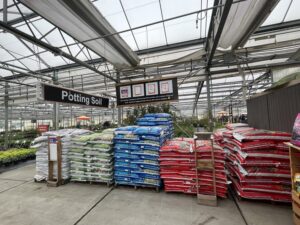
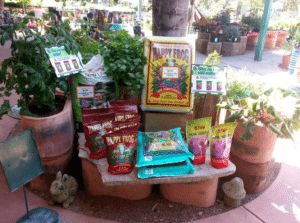

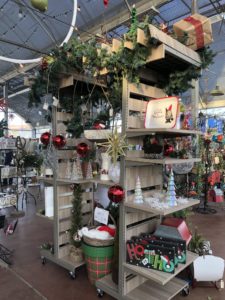

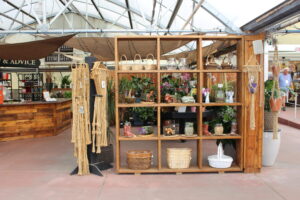
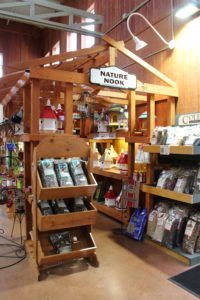

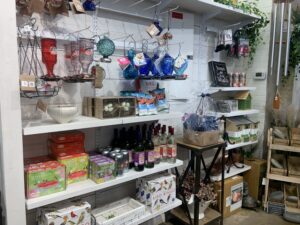

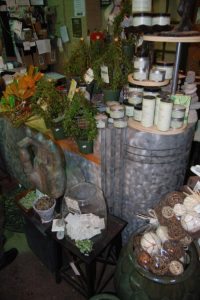
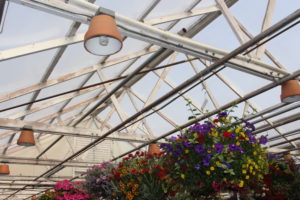
 Videos
Videos





